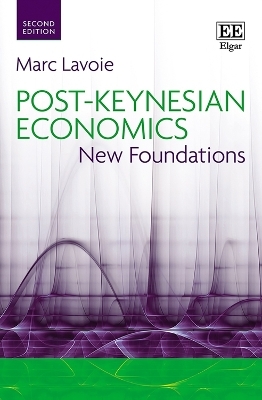
Environmental Accounting in Theory and Practice
Springer (Verlag)
978-0-7923-4559-6 (ISBN)
1. Overview.- 2. Implementation of environmental accounting: towards an operational manual.- 3. Japan: the System of Integrated Environmental and Economic Accounting (SEEA) — trial estimates and remaining issues.- 4. Republic of Korea: SEEA pilot compilation.- 5. Philippines: Adaptation of the United Nations system of environmental accounting.- 6. Philippines: Environmental accounting as instrument of policy.- 7. USA: Integrated economic and environmental accounting: lessons from the IEESA.- 8. USA: Environmental protection activities and their consequences.- 9. Netherlands: What’s in a NAMEA? Recent results.- 10. Measuring Canada’s natural wealth: why we need both physical and monetary accounts.- 11. Building physical accounts for Namibia: depletion of water, minerals, and fish stocks, and loss of biodiversity.- 12. Material and energy flow analysis in Germany: accounting framework, information system, applications.- 13. Material flow accounts indicating environmental pressure from economic sectors.- 14. Land use accounting — pressure indicators for economic activities.- 15 Linking land cover, intensity of use and botanical diversity in an accounting framework in the UK.- 16. The value of nature — valuation and evaluation in environmental accounting.- 17. Environmental protection expenditure and its representation in national accounts.- 18. Valuing environment in developing countries: a challenge.- 19. Greening the national accounts: valuation issues and policy uses.- 20. Modelling and accounting work in national and environmental accounts.- 21. Alternative resource and environmental accounting approaches and their contribution to policy.- 22. Multisectoral policy modelling for environmental analysis.- 23. Identifying research priority.- References.- Notes oncontributors.
| Erscheint lt. Verlag | 31.1.1998 |
|---|---|
| Reihe/Serie | Economy & Environment ; 11 |
| Zusatzinfo | X, 461 p. |
| Verlagsort | Dordrecht |
| Sprache | englisch |
| Maße | 156 x 234 mm |
| Themenwelt | Wirtschaft ► Volkswirtschaftslehre ► Finanzwissenschaft |
| Wirtschaft ► Volkswirtschaftslehre ► Makroökonomie | |
| ISBN-10 | 0-7923-4559-2 / 0792345592 |
| ISBN-13 | 978-0-7923-4559-6 / 9780792345596 |
| Zustand | Neuware |
| Haben Sie eine Frage zum Produkt? |
aus dem Bereich


